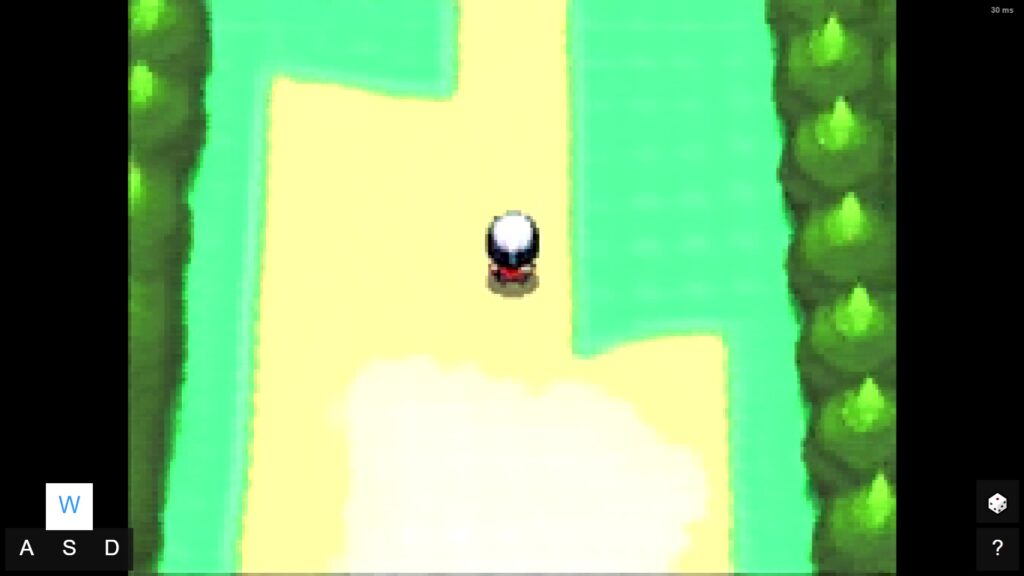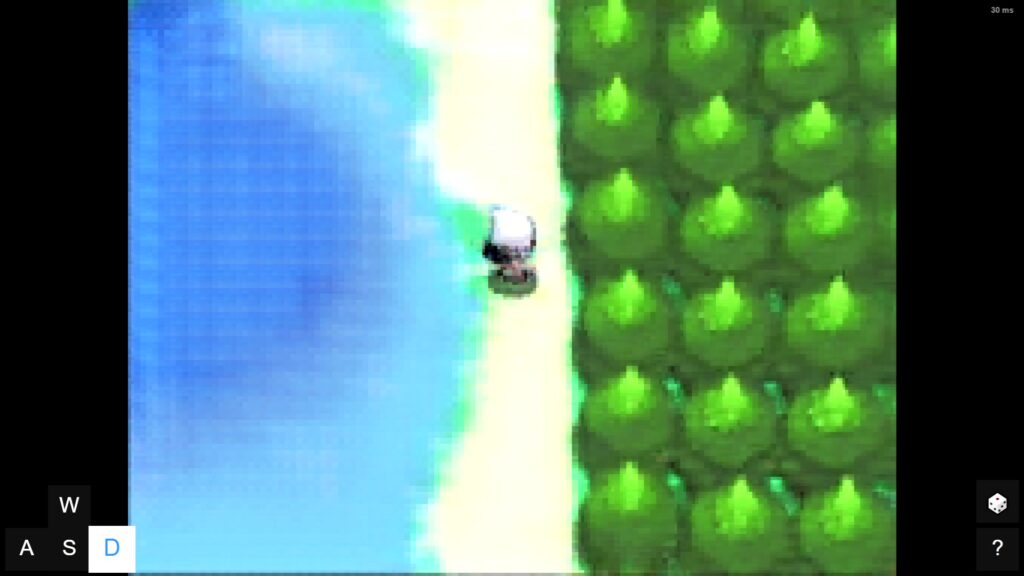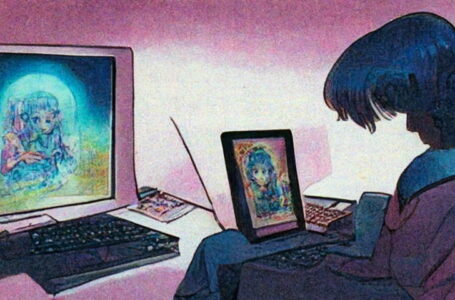Can a neural network build a video game? Not quite yet
There’s been a lot of talk about AI, neural networks and other related technology of late, thanks in part to the growth in public-accessible interfaces that make use of these innovations for various purposes. Over the course of the last couple of years, we’ve seen AIs writing text — including in game-like circumstances, as seen in the popular AI Dungeon — and producing art through systems such as DALL-E and Midjourney, which are always fun to play with.
These systems, of course, quite rightly raise a certain amount of concern for those working in creative fields. After all, if you can get a bot to churn out clickbait articles for your ad-infested homepage, why hire any humans? And if you can win a digital art contest with an image created by AI, is there still a place for artists who have got where they are through hard graft and years of dedication to their skills?
Right now, we don’t have any definitive answers for those questions, and we’re going to have to confront them at some point. But in the meantime, the use of AI and surrounding technologies such as neural networks continues to be used in a variety of ways, just to see if it’s possible for them to achieve things typically regarded as requiring at least some human input.

The latest possibility to be explored is the development of video games. A deep learning scientist who works at NVidia known as Ollin Boer Bohan has been investigating this possibility, and has managed to create a functional bare-bones approximation of a video game — specifically, Pokémon’s overworld exploration aspect — through making use of a neural network. You can try it out for yourself and read Bohan’s extensive explanation here.
Playing the “game”, such as it is, the limitations become apparent almost immediately. While there’s the basic outline of an ability to move around the world here, there’s nothing resembling game logic, and after just a few minutes it becomes very obvious that the model the neural network has been trained on consists of just a few clearly distinct screenshots. But the fact this works at all, even in the hazy, ill-defined, dream-like form it exists in now, is intriguing.
Bohan explains that although the neural network has done a bunch of the heavy lifting here — in this instance, meaning that no-one needed to write a single line of code — there was still an extensive amount of human input required to “train” the neural network to a satisfactory degree.
He explains that neural networks work on an input-output basis, where the system learns from you providing a possible input and teaching it what the desirable output as a result of that input might be. This could be as simple as moving the character and viewpoint in a particular direction when you push a directional key, but it also covers all manner of other aspects of game logic, such as what happens when scenery moves out of the visible screen area, or how a game world is generated as a player explores it.

Bohan noted that he ran into numerous difficulties during development of the neural network used in his experiment — with most of them stemming from the fact that it’s near-impossible to predict every possible input scenario and thus teach the neural network what the desirable output might be. There are ways around this — notably by allowing the neural network to learn from its own output as well as user input — and eventually Bohan managed to get something that at least vaguely resembled a video game.
Part of the reason for Bohan’s experiment is his theory that although coding for video games, in theory, provides a step-by-step, human-readable method of tracking every little thing a piece of software does, as technology becomes more complex, more and more of that code becomes obfuscated by other parts of the complete software package. By contrast, he argues, defining a neural network as a series of “if this happens, then do this (except when this happens, which is when you should do this)” statements is becoming a much more desirable approach.
“The kind of game-as-neural-network that can fit in your web browser today is pretty tiny,” he admits, “and limited to rendering tiny, low-resolution games. The networks that fit in your web browser in 2030 will probably be capable of more. Like, a lot more. So, I expect neural networks will subsume games. From the outside in, starting from the final video frames, chewing through G-buffers, replacing layers of ‘modular and interpretable code’ one by one.”
We’re obviously a long way off any practical applications of this right now — and, as with all of the other uses of neural networks to produce creative works, there’s likely always going to be a distinction between something “hand-crafted” by a human and something produced via algorithm — but it’s an interesting development to see explored.
Game developers can probably rest easy for now, then — but if Bohan is to be believed, we should probably check in on this in ten years or so just to make sure things aren’t getting out of hand. We all know what happens when you let the machines take over, after all.
Header image by MidJourney.
Join The Discussion
Rice Digital Discord
Rice Digital Twitter
Rice Digital Facebook
Or write us a letter for the Rice Digital Friday Letters Page by clicking here!
Disclosure: Some links in this article may be affiliate links, which means we may earn a small commission if you make a purchase after clicking on them. This is at no additional cost to you and helps support Rice Digital!
- Letter from the Editor: passing the torch - June 30, 2023
- Super Woden GP 2 is looking promising - June 30, 2023
- Inti Creates is making a 32 bit-style Love Live action platformer - June 26, 2023






